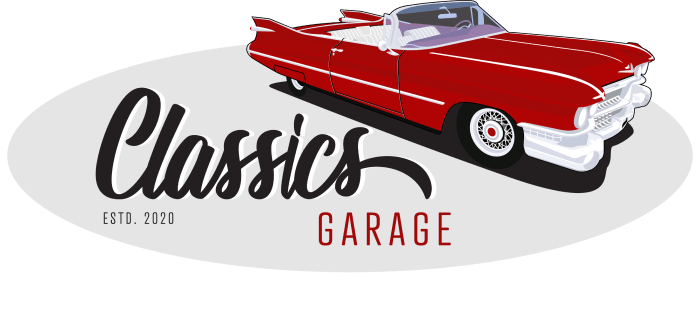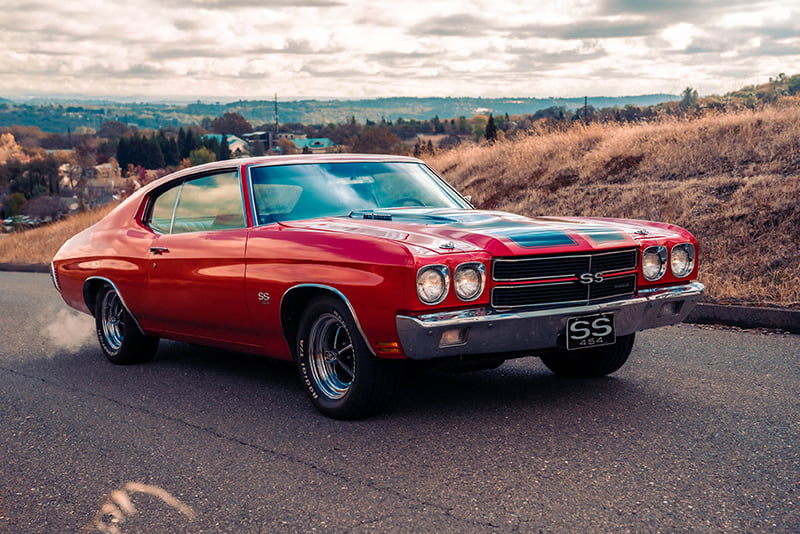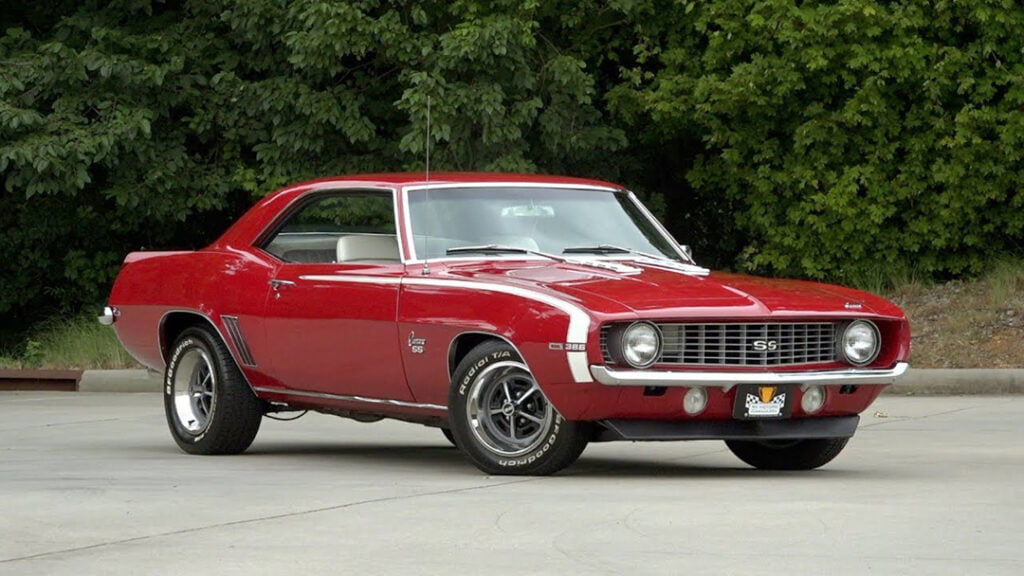While muscle cars have long held a special place in the hearts of automobile enthusiasts around the world, when were they considered to be at their best?
Given that we are well into the 21st century, it’s easy to forget just how much the world has changed in recent years. For some, the ‘swinging sixties’ still feels like yesterday, while for others, it’s so long ago that the events of this era seem almost unfathomable. After all, it was during this decade that President John F. Kennedy was assassinated, the Civil Rights Movement came to life, and the Vietnam War commenced – and all of these century shaping events happened in just one country alone.
While these events put the United States firmly in the global spotlight, the changes also extended to the nation’s automotive industry. Muscle cars, pony cars and personal luxury vehicles didn’t exist at all prior to the arrival of the sixties, and while hundreds of new car designs were shown, many of them died out without making a blip on the radar.
The events that shortly followed into the seventies changed everything once more. Historians have increasingly portrayed the 1970’s as a decade of cosmic shifts in world history, focusing especially on the economic upheavals that followed after the end of the post World War II economic boom. In the west, social progressive values that began to circulate in the 1960’s continued to grow, as did counter culture movements after the end of the Vietnam War.
However, one of the defining events of the 1970’s was the economic recession that derived from the 1973 oil crisis. Led by Saudi Arabia, Members of the Organization of Arab Petroleum Exporting Countries proclaimed an oil embargo, with the countries most affected being Canada, Japan, the Netherlands, the United Kingdom and the United States. By the end of the embargo in March 1974, the price of oil had risen nearly 300% from USD $3 per barrel to almost USD $12 globally. As a result, the American automotive industry had to change – and fast.
In between all of these rapidly shifting global events, came the origins of the muscle car. Although it’s reign was relatively short, the influence muscle cars have left on our culture can still be felt today – so how did they come to reach such prominence during two decades of war, politics and social change?
The Birth Of Muscle Cars
A muscle car is a phrase usually used to describe high-performance American coupes, usually (but certainly not limited to) rear-wheel drive and fitted with a large displacement V8 engine. The term ‘muscle car’ was first coined in 1964 by automotive journalist Brock Yates, in an attempt to describe the overall character of that year’s Pontiac GTO for ‘Car and Driver Magazine’.
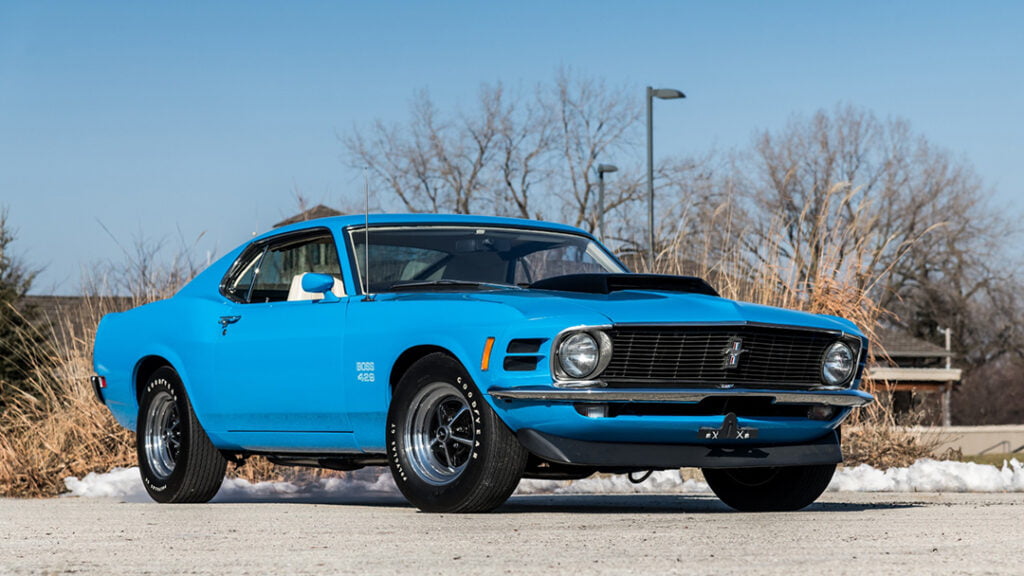
Following this usage, it caught on as a descriptor for various ‘souped-up’ vehicles that were purposefully designed for the drag racing circuit. These new kids on the block were designed to hit the jackpot with the three A’s: acceleration, attitude and affordability. As a result, muscle cars became popular with young drivers – particularly young men – in the mid 1960’s. Not only were they sleek, attractive and powerful, they were also an affordable option that could be driven for everyday street use and for formal and informal drag racing.
Although the exact definition of a muscle car has long been debated by industry experts and automotive enthusiasts alike, muscle cars often have a combination of the following characteristics –
- A large V8 engine in the most powerful configuration offered for a particular model
- Rear-wheel drive
- Manufactured in the United States in the 1960s or early 1970s (the specific year range of 1964-1973 is often used)
- A relatively lightweight two-door body (opinions vary as to whether high-performance full size, compact and pony cars qualify as muscle cars, as some claim that only mid-size cars can qualify)
- An affordable price range, even as a collectors item
- Being designed for straight-line drag racing, while remaining street legal

Although the best muscle car ever released is a hotly debated topic with different answers depending on who you ask, some of the most revered include the Dodge Challenger, Ford Mustang, Chevrolet Camaro, and the Dodge Charger, who were all iconic releases during what can only be dubbed America’s automotive ‘golden era’ of the 60’s and 70’s.
Specifically, it is believed that muscle cars were at their best between 1965 and 1973. Despite the economic and cultural landmarks that happened during this period, the great American manufacturers of muscle cars mostly used these to their advantage. By the time muscle cars arrived on the market, the first generation of baby boomers were in their twenties. Cashed up, and ready to go shopping after the years following World War II, one core component of living the ‘American Dream’ involved being the proud owner of an automobile. Particularly for men, the faster it went, the more they wanted it – and muscle cars offered this chance at a fraction of what the alternative cost was at the time.
However, with the introduction of the 1970 Clean Air Act in the United States and insurance rates dramatically increasing, this spelled the beginning of the end of the golden era of muscle cars. Production costs were skyrocketing, and within a few short years, the nation’s automotive production giants output of muscle cars either significantly declined, or were discontinued altogether. With the exception of a few gems such as the 1977 Pontiac Firebird Trans Am, cars produced after 1975 are still widely regarded as duds – they either looked good, or performed well, or were affordable, but rarely ever were they all three.
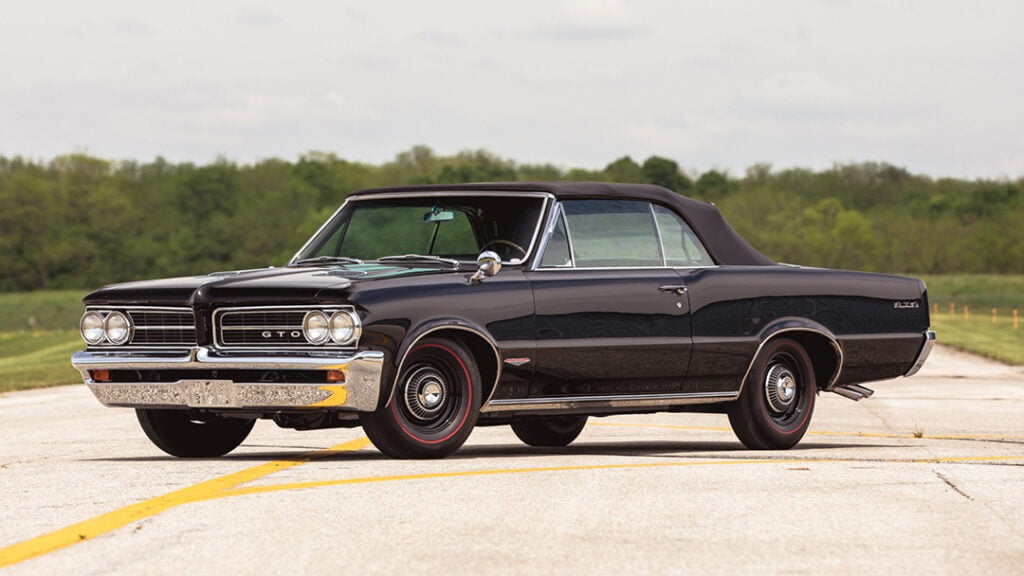
Thankfully, just a short time later in the late 1980’s, new technology such as electronic fuel injection systems, turbochargers and advanced engine management controls helped to pull muscle cars back out of the dark ages, by allowing for more power to be extracted from each drop of gas. Muscle cars were suddenly cool again, and many auto enthusiasts started blowing the cobwebs and dust off their old prized Mustangs and Corvettes from the 60’s and 70’s.
Our universal love of American muscle cars can boil down to a variety of attractive theories – for some, it’s the power, while for others, it’s the relatively modern price tag. Regardless of where you sit on that spectrum, it’s no secret that they are the physical embodiment of a bygone era in time where cars weren’t just for getting from A to B – muscle cars were, and still are, works of art.
Your Guide To Everything Classic Cars
Finding a fellow vintage auto enthusiast can feel a bit like finding a needle in a haystack, but rest assured that Classic’s Garage understands the thrill more than most. Having spent forty years collecting anything and everything from matchbox cars to hub caps, he’s successfully followed his passion to source, collect and stock beautiful and low mileage classic automobiles from around the world. With extensive experience in the automotive industry, it was only a matter of time before Wayne expanded on his love of vintage, iconic vehicles to share his knowledge and passion with the public.
Although his passion is for automobiles built before 1978, with a particular love for Buicks, Cadillacs, Lincolns, Oldsmobiles and even Fords, Wayne is just as passionate about the stories of the owners. Just like the cars, he has found that his fellow classic car enthusiasts all have wildly different attractions and logic behind their passion or hobby, and this often translates into how the car is presented. If it’s even remotely different, rare or just plain unusual, Wayne will overcome the relevant logistical and geographical challenges of bringing the cars to his showroom in Australia.
Classic’s Garage is a showroom conveniently located at Seventeen Mile Rocks, that specialises in the restoration and sales of vintage automobiles. If you’re on the hunt for Brisbane classic cars – quite simply, Wayne is your man. If you would like to arrange a viewing or inspect any other of our classic vehicles, please get in touch with us today.
